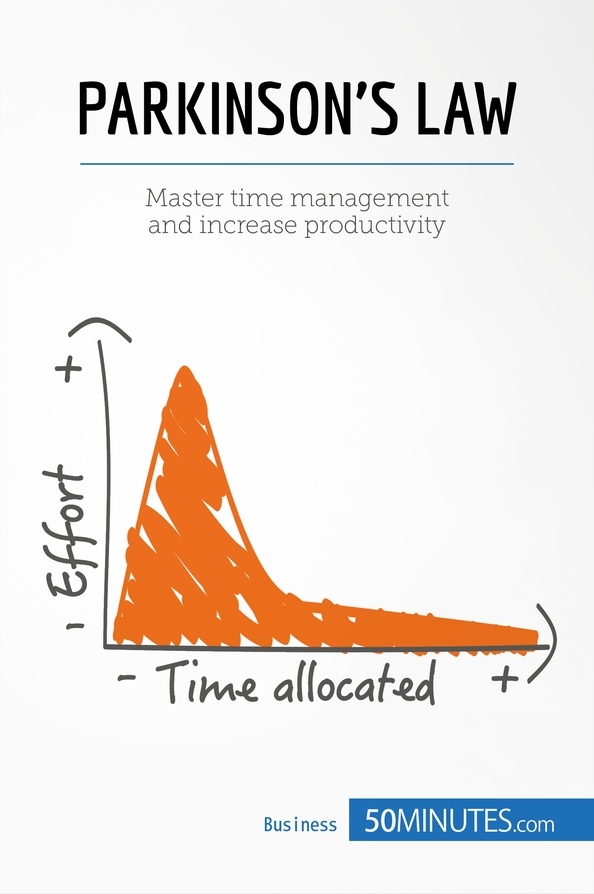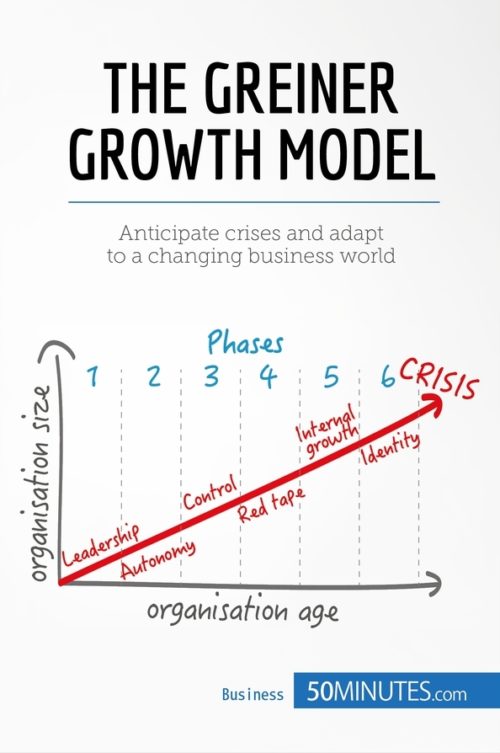Parkinson's Law
Parkinson’s Law
$4.99
Read more
Understand the essentials of Parkinson’s Law in just 50 minutes with this practical and concise book. Parkinson’s Law provides a humorous explanation of the growth of bureaucracy within organizations and the tendency of administration to expand regardless of the amount of work required. It is particularly relevant in the civil service, public service and human resource management.
This book will provide you with a handy introduction to the theory behind Parkinson’s Law, which is based on assumptions about the rate of work of state employees, the impact of the logic of career advancement, and the tendency of civil servants to create work for each other. You will also learn about the limitations of the principle, in particular its methodological flaws, and about related ideas, such as the Peter Principle.
About Parkinson’s Law
Parkinson’s Law was introduced by the British historian Cyril Northcote Parkinson, and states that the number of civil service staff grows at a given rate regardless of the amount of work there is to do. It has given us the famous adage “work expands so as to fill the time available for its completion”, reflecting the tendency of workers to avoid finishing their tasks any earlier than necessary and the propensity of civil service employees to create needless work for each other.
In this book, you will learn why Parkinson’s Law is still relevant and how it can be applied to a range of organizations, from large private companies to public administrations. It provides a clear introduction to the fundamental principles underlying Parkinson’s Law, a discussion of a real-life case study involving the Belgian Civil Service, and a number of suggestions for further reading, allowing you to understand one of the major obstacles to productivity in public services.
This straightforward and accessible 31-page book is structured as follows:
- Introduction to Parkinson’s Law
- Theory
- Limitations and extensions of Parkinson’s Law
- Limitations and criticisms
- Related models and extensions
- Practical application of Parkinson’s Law
- Advice and top tips
- Case study: the Belgian Civil Service
- The modernization of public services
- Federalization eventually proves Parkinson’s theory
- Summary
Product details
| ISBN | 9782806266217 |
|---|---|
| Publisher | Plurilingua Publishing |
| Serie | 50MINUTES.COM – Business |
| Format | |
| Pages | 25 |
| File size | 2.3 MB |






